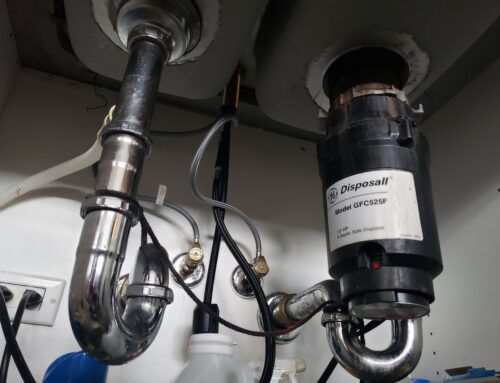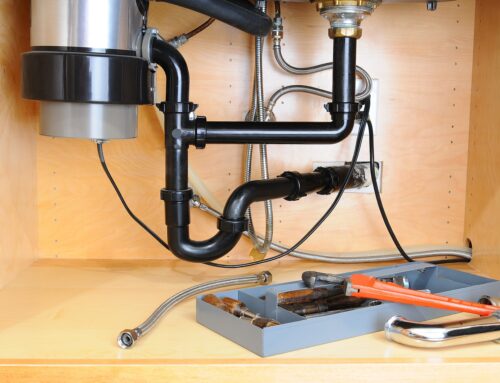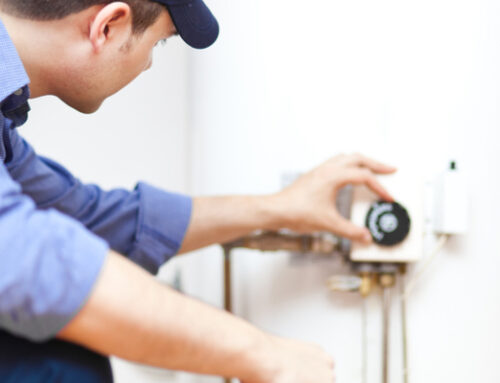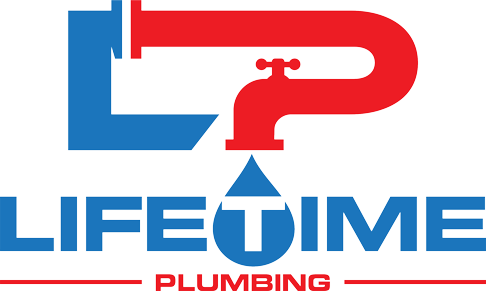Table of Contents
Basement Flood Prevention
Basement flood prevention is crucial for maintaining a safe and functional home. By being proactive and taking steps to prevent basement floods, you can:
- Protect your property from water damage, mold growth, and costly repairs
- Keep your family healthy and safe
In this article, we’ll explore why flood prevention is important and discuss specific measures that homeowners can take to safeguard their basements.
Why Basement Flood Prevention in important?
There are two main reasons why it’s essential to prevent basement floods:
- Property Protection: Basement floods can cause significant damage to your home’s structure, foundation, and belongings. Water intrusion can weaken the foundation, compromise the integrity of walls, and ruin valuable items stored in the basement.
- Health and Safety: Excessive moisture in the basement creates an ideal environment for mold and mildew growth, which can pose serious health risks to you and your family. Additionally, standing water can become a breeding ground for bacteria and other pathogens.
Key Measures for Basement Flood Prevention
To effectively prevent basement floods, it’s important to implement the following key measures:
Sump Pumps
Sump pumps are essential for keeping basements dry and preventing floods. They work by efficiently managing water buildup and leakage.
The role of sump pumps in basement flood prevention
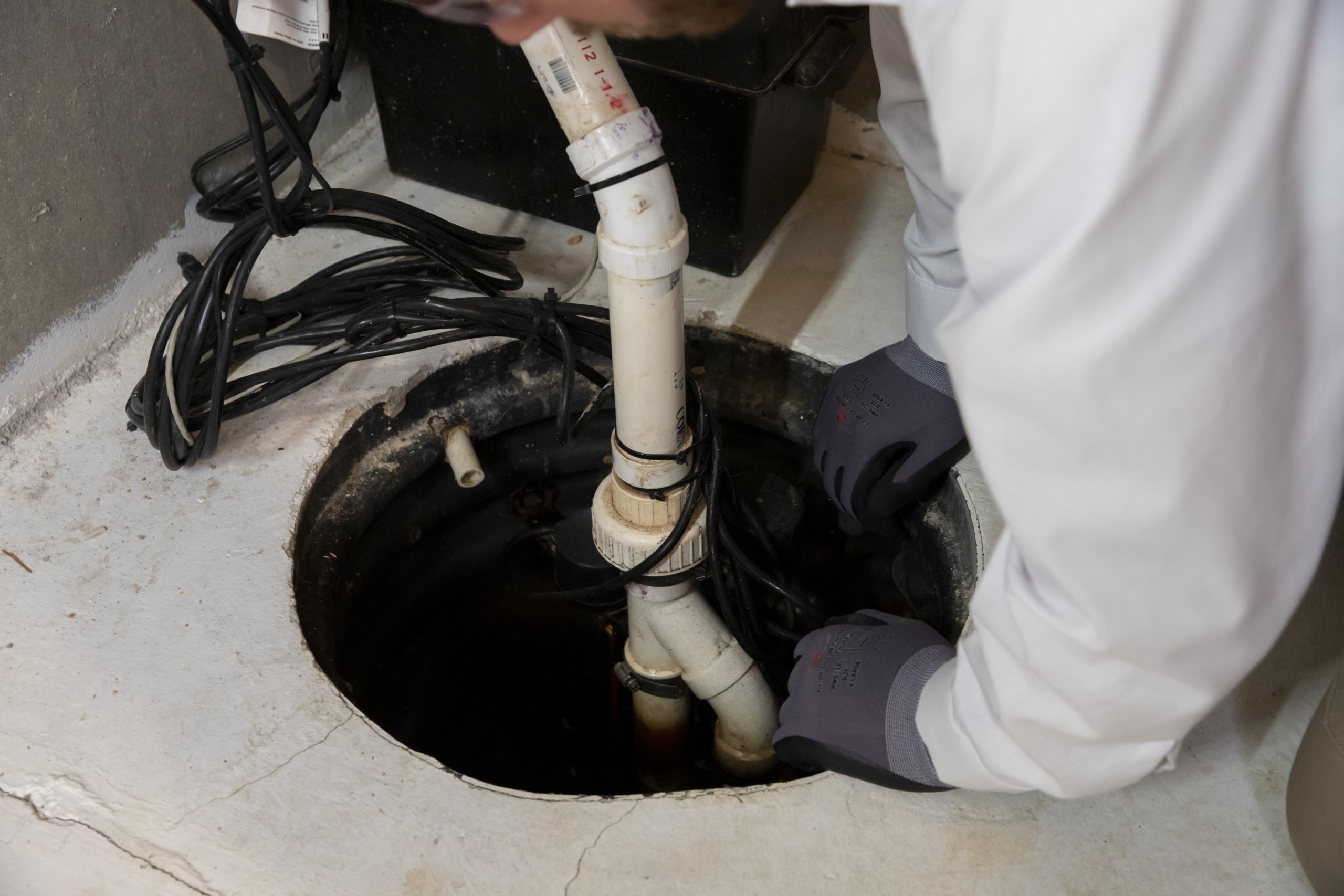
Sump pumps are designed to remove excess water that accumulates around the foundation of a home. They are typically installed in a pit or basin in the lowest part of the basement or crawlspace. When the water level reaches a certain point, the sump pump activates, pumping the water away from the building to a place where it won’t cause damage.
Importance of having a battery backup sump pump
During heavy rainstorms, power outages can occur, rendering the primary sump pump useless. Without a backup system, your basement becomes vulnerable to flooding. This is where a battery backup sump pump becomes crucial. It ensures continuous protection even when the main power supply is disrupted.
Step-by-step guide for sump pump installation process
Installing a sump pump involves several key steps:
- Locate the most suitable area for the sump pit
- Dig the pit
- Install the sump pump and discharge pipe
- Connect it to a power source
Proper installation is crucial for efficient functionality and long-term reliability.
Necessary considerations when selecting a sump pump for your basement
When choosing a sump pump, you should consider the following factors:
- The size and depth of your basement
- Average water inflow
- Local weather conditions
These considerations will help you select the right capacity and type of pump for effective flood prevention tailored to your specific needs.
Regular maintenance tasks to ensure optimal performance of the sump pump
To keep your sump pump working at its best, regular maintenance is necessary:
- Check for debris in the pit
- Test the operation of the float switch
- Clean or replace the pump if necessary
- Ensure that the discharge pipe is free from obstructions
The benefits of hiring professional plumbing services for sump pump installation and maintenance
While some homeowners may attempt DIY installations or maintenance, it’s always recommended to hire professional plumbing services. Lifetime Plumbing can help with sump pump repairs or replacements. Here’s why you should consider hiring Lifetime Plumbing:
- Our professional plumbers have the expertise to assess your specific needs and recommend suitable sump pumps.
- We are knowledgeable about local building codes and regulations, ensuring that the installation meets all requirements.
- Hiring our expert plumbers in Chicago provides peace of mind, knowing that the system is correctly installed and will function effectively.
By understanding the role of sump pumps in flood prevention and taking necessary precautions such as installing battery backups and seeking professional assistance when needed, you can effectively safeguard your basement against potential flooding.
Gutters, Lawn, and Landscaping
When it comes to preventing basement floods, it’s not just about the sump pump. There are other important measures you can take to protect your basement from water damage. Let’s explore the role of gutters, lawn grading, and landscaping in basement flood prevention.
Regular Gutter Maintenance
One of the key aspects of basement flood prevention is ensuring that your gutters are clean and free from debris. Clogged gutters can lead to water overflow, which can then seep into your basement. To prevent this from happening, here are some tips for proper gutter maintenance:
- Regular cleaning: Remove leaves, twigs, and other debris from your gutters at least twice a year or more often if needed.
- Inspect downspouts: Check that your downspouts are clear of any blockages and ensure that they are directing water away from your foundation.
- Repair any leaks: If you notice any leaks or cracks in your gutters, make sure to repair them promptly to prevent water from seeping into your basement.
Importance of Lawn Grading
Proper lawn grading is essential for efficient drainage away from your foundation. This involves creating a slight slope away from your home so that rainwater flows away instead of pooling near the foundation. Here are some techniques for achieving proper lawn grading:
- Consult a professional: Consider hiring a landscaping professional who can assess your lawn’s slope and make recommendations for improvement.
- Add topsoil: If needed, add topsoil to create a gentle slope away from your foundation and ensure that rainwater drains properly.
- Avoid dips and depressions: Fill in any low spots in your lawn that may cause water to collect near the foundation.
Landscaping Strategies
In addition to proper gutter maintenance and lawn grading, strategic landscaping can also help divert rainwater away from your basement. Here are a few landscaping strategies to consider:
- Create swales: Swales are shallow ditches that can be dug along the sides of your property to redirect water away from your foundation.
- Install rain barrels: Collecting rainwater in barrels can help reduce the amount of water that reaches your foundation.
- Plant native plants and trees: Native plants and trees have deep root systems that can absorb excess moisture, reducing the risk of water buildup near your foundation.
Creating a Slope Away from the Foundation
Lastly, it’s important to create a slope away from the foundation through proper landscaping. This helps ensure that water naturally flows away from your basement. Here are some steps you can take:
- Add soil near the foundation: If you notice a flat area near your foundation, adding soil can help create a gradual slope away from your home.
- Install edging materials: Use edging materials such as rocks
Foundation Protection
Foundation cracks can cause water to seep into your basement and potentially lead to flooding. To prevent this from happening, it’s important to take action and seal these cracks effectively. Here are some methods you can use:
- Epoxy Injection: This involves injecting epoxy resin into the cracks, which hardens and creates a strong barrier against water. It works well for both structural and non-structural cracks.
- Polyurethane Foam Injection: This technique is effective for sealing larger cracks or when there is movement in the foundation. It works by injecting expanding polyurethane foam into the cracks, filling them up and creating a watertight seal.
- Hydraulic Cement: If you have smaller cracks that need patching, hydraulic cement can be a good option. It sets quickly and provides a durable, waterproof seal. However, it may not be suitable for larger or actively leaking cracks.
- Foundation Waterproofing Membrane: Applying a waterproofing membrane on the outside of your foundation can help prevent water from seeping through cracks. The membrane acts as a barrier, directing water away from the walls and keeping your basement dry.
- Professional Assistance: Sealing foundation cracks can be challenging, so it’s advisable to hire experienced waterproofing contractors who specialize in this area. They will have the knowledge and equipment to identify and seal different types of cracks effectively.
Remember to regularly inspect your foundation for any signs of cracking and address them promptly. This proactive approach, along with proper sealing methods, will significantly reduce the risk of water seepage and basement flooding.
By taking these steps to protect your foundation, you can ensure a dry and safe basement environment for years to come.
Sewer Lines and Plumbing System
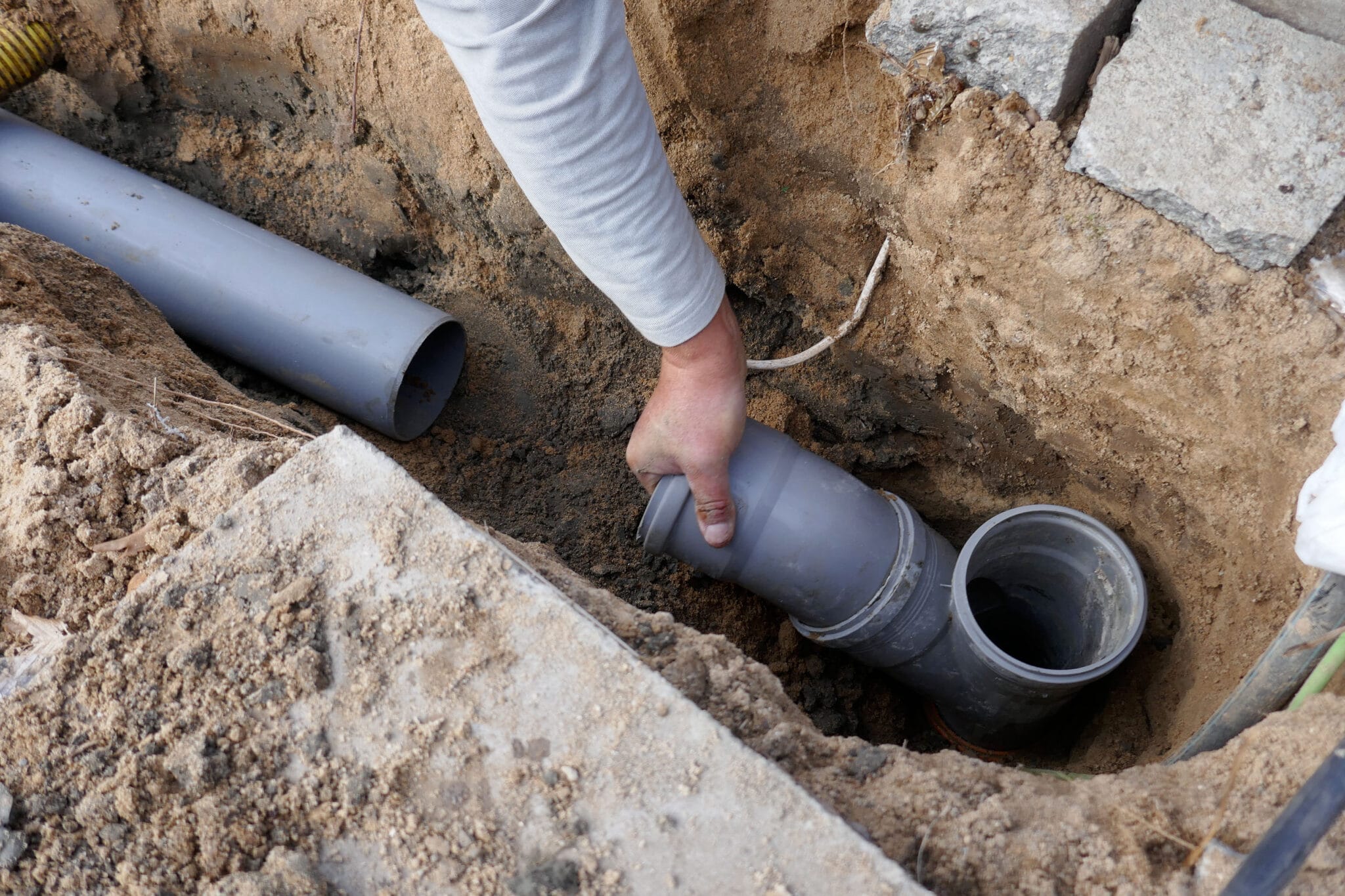
When it comes to basement flood prevention, addressing plumbing issues promptly is crucial. Here are the key talking points to consider:
- Plumbing Issues: Promptly addressing plumbing issues, such as leaks, is essential in preventing potential flooding. Leaking pipes can lead to water accumulation, increasing the risk of basement flooding.
- Regular Maintenance: Regular maintenance of sewer lines is vital for preventing backups and potential basement floods. Over time, debris and root intrusion can cause blockages, leading to sewer line backups and subsequent indoor flooding.
By focusing on these key aspects of sewer lines and plumbing systems, you can significantly reduce the risk of basement flooding.
Backwater Valves and Drainage Systems
Installing a backwater valve is a crucial preventive measure against sewage backups, as it helps to prevent sewage from flowing back into the basement through the discharge pipes. This valve is typically installed on the sewer line and allows sewage to flow out, but not back in, safeguarding your basement from potential contamination and flooding.
The benefits of a drain system cannot be overstated when it comes to managing excess water around the foundation. This type of drainage system involves a trench filled with gravel or rock that redirects surface water and groundwater away from the house. It effectively alleviates hydrostatic pressure around the foundation, reducing the risk of water seepage into the basement.
When considering basement flood prevention, the installation of a backwater valve and a drain system can significantly enhance the overall effectiveness of your flood mitigation efforts. These measures work together to safeguard your basement from both sewage backups and excess rainwater infiltration.
Implementing a backwater valve and a drain system as part of your basement flood prevention strategy demonstrates proactive and comprehensive planning to protect your home from potential water damage. By taking these preventive steps, you can minimize the risk of basement flooding and its associated costly and stressful consequences.
In summary, installing a backwater valve serves as an effective barrier against sewage backups, while incorporating a drain system effectively manages excess water around the foundation. Together, these measures contribute to a robust defense system against basement flooding.
Dealing with Basement Flooding
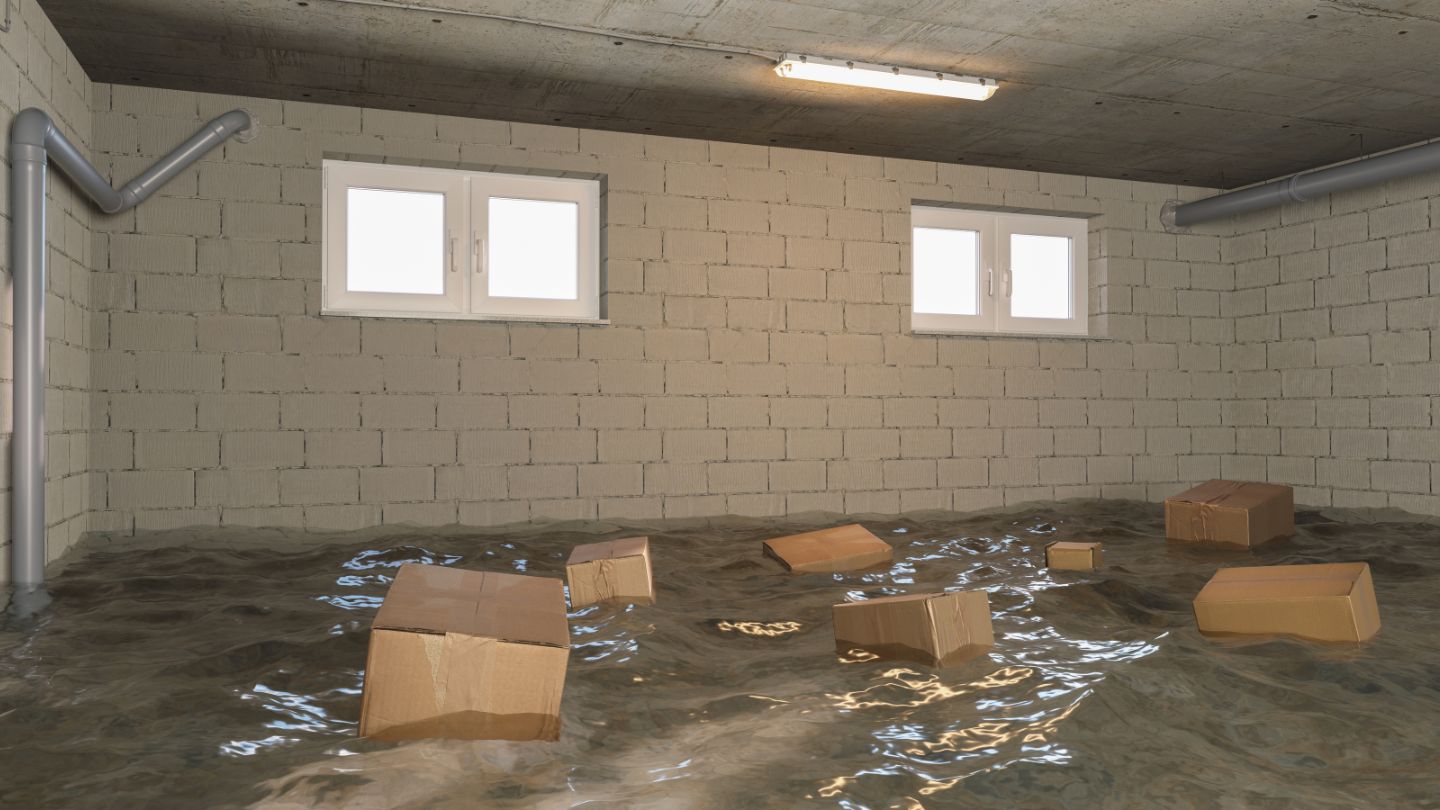
Dealing with basement flooding can be a stressful and overwhelming experience. However, it is important to take immediate action to minimize water damage and ensure the safety of yourself and your property. Here are some essential steps to take when facing basement flooding:
- Safety First: Before taking any action, prioritize personal safety by shutting off the electricity in your basement to prevent the risk of electrocution. If you can’t do this safely, contact an electrician or the power company for assistance. Also, avoid touching floodwater directly as it may contain harmful bacteria and other contaminants.
- Assess the Situation: Once you’re safe, check how severe the flooding is. Find out where the water is coming from and watch out for any dangers like gas leaks or structural issues. If needed, leave your home and get professional help.
- Remove Water: For minor flooding, you can start getting rid of the water right away using a wet-dry vacuum or a pump. Just make sure not to overload electrical outlets or extension cords when using them in wet areas.
- Protect Belongings: Save any valuable items that could get damaged by water. Move them to higher ground or a dry place to prevent more harm.
- Document Damage: Take photos or videos of the flooded areas and damaged belongings for insurance purposes.
- Call Professionals: Reach out to experts who know how to handle basement floods. They have the skills and specialized tools to remove water, dry affected areas, and prevent further damage.
Remember that time is crucial during basement flooding. The longer water stays still, the higher the chances of structural damage, mold growth, and expensive repairs. By acting quickly and getting professional help, you can reduce the impact of flooding and protect your property.
Conclusion
Preventing basement floods is crucial to protect your home from water damage and ensure the safety and well-being of your family. By implementing the right flood prevention measures, you can significantly reduce the risk of basement flooding and its associated problems.
Remember, being proactive is key when it comes to basement flood prevention. Taking action before a disaster strikes can save you from costly repairs and unnecessary stress. Here are some important points to keep in mind:
- Regular maintenance: Regularly inspecting and maintaining your sump pump, gutters, lawn grading, and plumbing system is essential for effective flood prevention. Schedule annual maintenance checks and address any issues promptly.
- Professional assistance: Hiring professional plumbing services for sump pump installation, maintenance, and foundation crack sealing ensures that these tasks are done correctly and efficiently. Professionals have the expertise to identify potential problem areas and provide tailored solutions.
- Stay informed: Keep yourself updated on the latest basement flood prevention techniques and technologies. Stay aware of any changes in your area’s drainage systems or weather patterns that could affect your basement’s vulnerability to flooding.
Take control of your basement’s safety by investing in preventative measures today. Don’t wait until it’s too late! Contact Lifetime Plumbing for expert assistance and guidance on basement flood prevention measures specific to your home’s needs.
Remember, a small investment in flood prevention now can save you from significant costs and headaches down the line. Take action today to protect your home and loved ones from basement floods.
Stay safe, stay dry!

